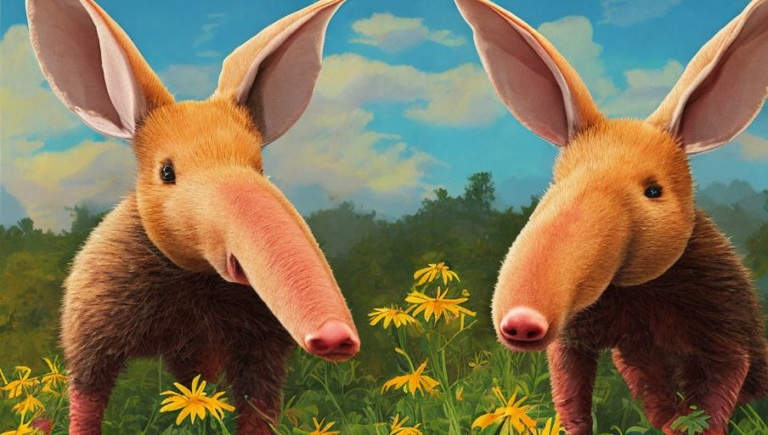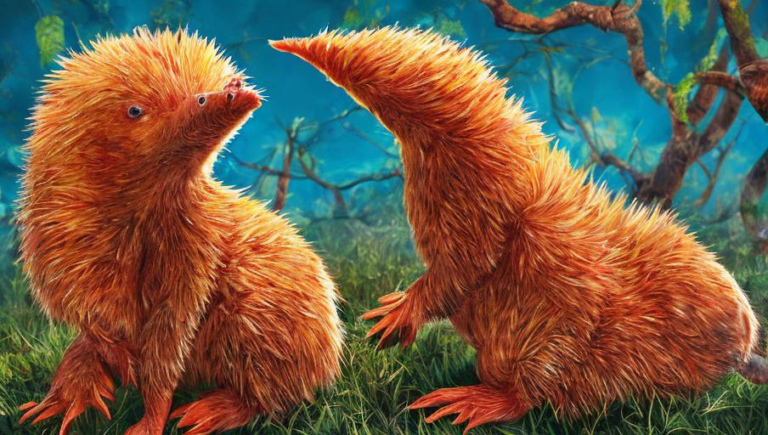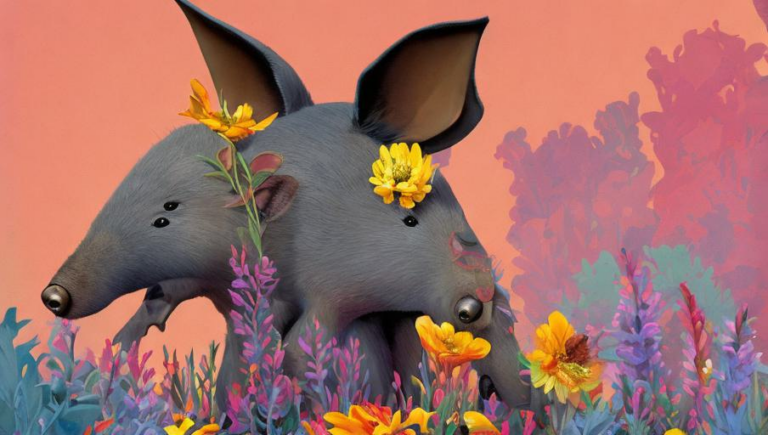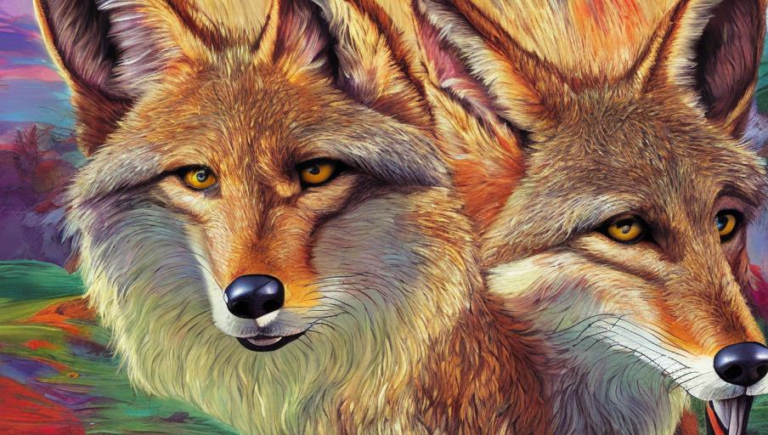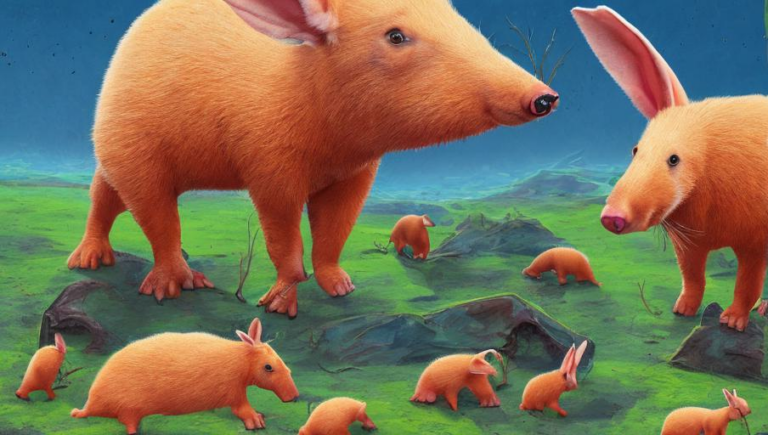Adaptations of the Curlew: Why It Is Such a Successful Species
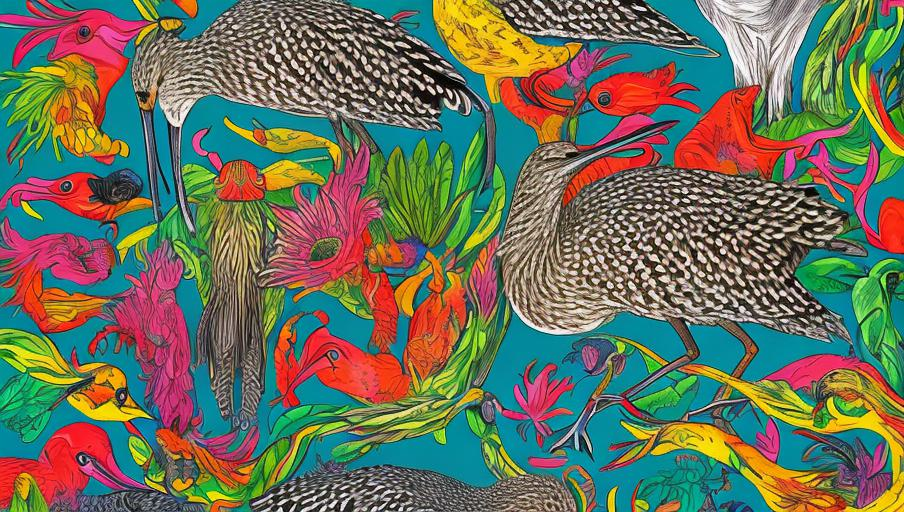
Introduction to the Curlew
The curlew is a species of wading bird that is found in many different regions around the world. It is a large bird with a long, curved bill and long legs, allowing it to feed on small animals in shallow water or mudflats. It is a migratory species, and some species are able to travel thousands of miles each year. The curlew has a wide variety of adaptations that have enabled it to become a successful bird species.
Physical Adaptations
The curlew’s long bill and long legs are its most recognizable adaptations, allowing it to feed in shallow waters. Its long, curved bill is ideal for reaching into mudflats and picking up small invertebrates. The legs act as stilts, allowing the curlew to wade in mudflats and shallow waters without getting stuck. The curlew also has excellent eyesight, which allows it to spot prey from a distance.
Behavioral Adaptations
The curlew is a social species, often found in large flocks that migrate together. This allows them to benefit from the safety provided by being in a large group. Furthermore, the curlew is able to recognize its own species, as well as other species of birds, which helps it to distinguish between potential prey and predators. The curlew is also a vocal bird and produces a variety of calls, which are used to communicate with other birds.
Mating Adaptations
The curlew has a variety of adaptations related to mating. The male curlew has a bright yellow bill and legs, which are used to attract potential mates. The male also performs elaborate courtship displays, including dancing and singing, in order to attract the attention of females. The female curlew is more drably colored, which helps to camouflage her from predators while she is incubating her eggs.
Adaptations to Different Environments
The curlew is able to survive in a wide variety of habitats, from grasslands to wetlands. This is possible due to its ability to adjust its behavior and diet to fit different environments. For example, in wetland habitats, the curlew will feed on aquatic invertebrates, while in grasslands, it will feed on insects and other small animals. Additionally, the curlew is able to adjust its migratory patterns in order to take advantage of different habitats in different seasons.
Conclusion
The curlew is an incredibly successful species, due in large part to its wide variety of adaptations. Its long bill and legs allow it to feed in shallow waters, while its social behavior helps it to stay safe from predators. Its courtship displays and drab coloring help it to reproduce successfully. Finally, its ability to adjust its behavior and diet allows it to survive in a variety of different habitats. This combination of adaptations has enabled the curlew to become one of the most successful bird species in the world.
